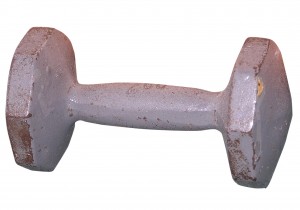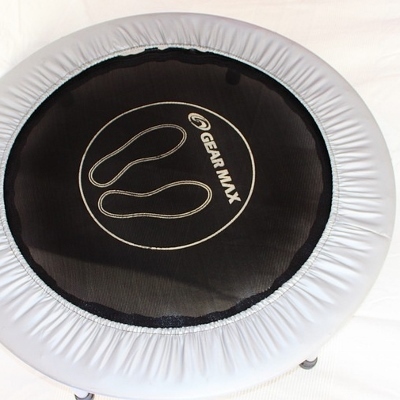 Free weights are much cheaper than a weight machine. They’re also easier to store, as they occupy much less space than a weight machine. But is that really all there is to deciding whether to use free weights or weight machines?
Free weights are much cheaper than a weight machine. They’re also easier to store, as they occupy much less space than a weight machine. But is that really all there is to deciding whether to use free weights or weight machines?
Ease of Use
You can carry out a greater variety of strength training exercises on free weights than you would on a weight machine. Conversely, it can be hard to decide which exercise to do because of the number of possible variations.
In contrast, a weight machine is ideal for a strength training beginner or a person is easing back into their fitness regimen after injury. Weight machines support the user and generally come with instructions. Even if there aren’t any directions, it’d be easy to guess what you’re supposed to do and maintain proper form while doing so.
Strength Built
Building strength with free weights means using muscles other than the ones you’re actively exerting. Unlike weight machines, free weights are unsupported, so the exerciser must use his or her core muscles to stabilize balance and position while performing the movement. In turn, this leads to an improved ability to concentrate and strength building in a shorter time.
Conversely, the support offered by weight machines, which prevents incorrect form and reduces injury risk, also requires less “whole body†exertion. Accordingly, the body isn’t exercised as much as it would be with free weights, leading to a protracted strength building period.
Additionally, using single-purpose weight machines means that a person would have to cycle through a number of machines to work the entire body. Free weights don’t present this inconvenience, and the exerciser is able to target a weaker muscle group, left arm vs. right arm, unlike with a weight machine.
Unlike weight machines, free weights also allow a greater range of natural movement, increasing flexibility, improving posture, and ensuring workouts don’t become monotonous.
Potential for Injury
Despite apparent ease of use, there is actually a higher chance of sustaining injury with free weights. This is usually due to poor or incorrect form. Personal trainers, spotters, or just a mirror can prevent this, as long as you know what the correct movements are.
Weight machines, on the other hand, tend to leave no room for deviation from proper form, ensuring the exerciser remains uninjured; however, you could still sustain injuries from overuse or overexertion.
Of course, nothing states that you must use only one and not the other. If anything, alternating between free weights and weight machines adds variety and interest to strength training.






I think the weight machines are more useful, because with the free weight ease of application is a problem.